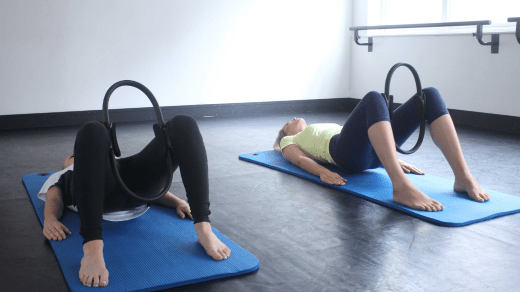Rehabilitation for traumatic brain injuries (TBIs) is a critical process that helps individuals recover and rebuild their lives after experiencing brain trauma. In this discussion, we will explore 15 pros and 15 cons of rehabilitation for traumatic brain injuries, highlighting the significance, benefits, and challenges associated with this complex and crucial aspect of healthcare.
Pros of Rehabilitation for Traumatic Brain Injuries:
- Restored Function: Rehabilitation aims to restore physical and cognitive function.
- Improved Quality of Life: Successful rehabilitation often leads to an improved overall quality of life.
- Preventative Care: Rehabilitation reduces the risk of secondary complications due to immobility.
- Customized Care: Therapy plans are tailored to individual needs and abilities.
- Psychological Support: Rehabilitation provides emotional and psychological support during the recovery period.
- Independence: Many individuals regain their independence with the help of rehabilitation.
- Cognitive Improvement: Rehabilitation helps improve cognitive functions and decision-making.
- Social Interaction: Group therapy or support programs promote social interaction and emotional well-being.
- Pain Management: Rehabilitation offers effective strategies for managing and reducing pain.
- Skill Retention: It helps individuals regain and retain essential life skills.
- Cost-Efficiency: Rehabilitation can reduce long-term healthcare costs by facilitating quicker recovery.
- Family Education: Rehabilitation educates families on how to support individuals with TBIs.
- Employment Opportunities: Successful rehabilitation may help individuals prepare for or return to work.
- Educational Support: It supports individuals in achieving their educational goals.
- Improved Self-Esteem: Successful rehabilitation often boosts self-esteem and confidence.
Cons of Rehabilitation for Traumatic Brain Injuries:
- Challenging Process: Rehabilitation can be physically and emotionally demanding for individuals.
- Time-Consuming: Therapy programs can be lengthy, affecting daily routines and schedules.
- Financial Costs: Medical bills, therapy expenses, and potential loss of income can be substantial.
- Physical Discomfort: Rehabilitation often involves physical discomfort and pain.
- Psychological Strain: Coping with brain trauma and the recovery process can be emotionally taxing.
- Risk of Relapse: Even after successful rehabilitation, there is always a risk of relapse or new complications.
- Limited Access: Not all individuals have access to high-quality rehabilitation services for TBIs.
- Discomfort and Fatigue: Therapy exercises can lead to muscle soreness and fatigue.
- Dependency on Caregivers: Some individuals may become dependent on caregivers or support systems.
- Frustration: Slow progress or setbacks can be frustrating for patients and healthcare providers.
- Invasive Procedures: Some forms of rehabilitation may involve invasive medical procedures.
- Privacy Concerns: Rehabilitation may pose privacy concerns for some individuals.
- Lack of Long-Term Care: Some individuals may require ongoing support beyond rehabilitation.
- Relapse Risk: Even after successful rehabilitation, there is a risk of relapse.
- Emotional Strain on Family: Family members may experience emotional strain in supporting the rehabilitation process.
Rehabilitation for traumatic brain injuries is a complex journey that aims to help individuals rebuild their lives and regain independence. The decision to pursue rehabilitation should consider individual needs, circumstances, and the potential benefits and challenges associated with the process. With the right support and determination, individuals can achieve remarkable progress in rebuilding their lives after traumatic brain injuries.





